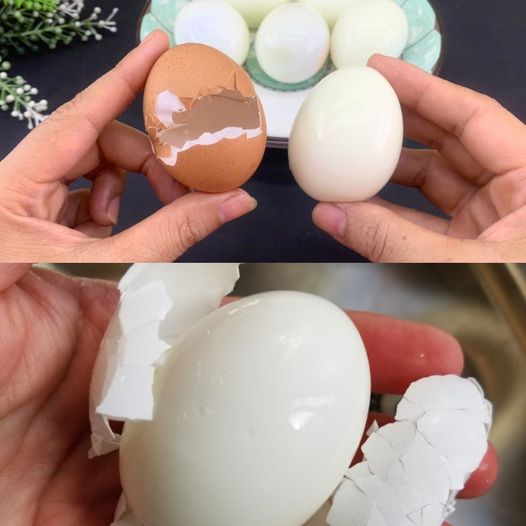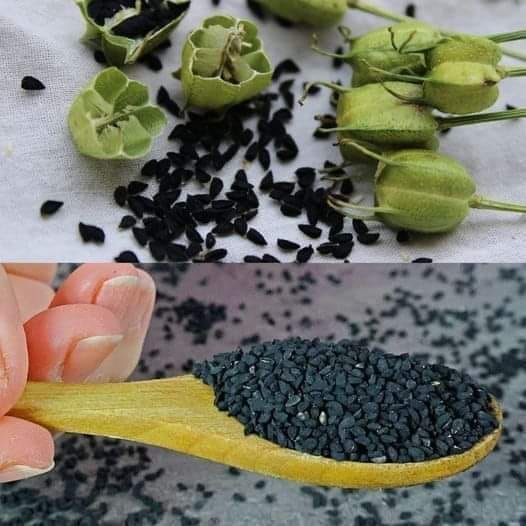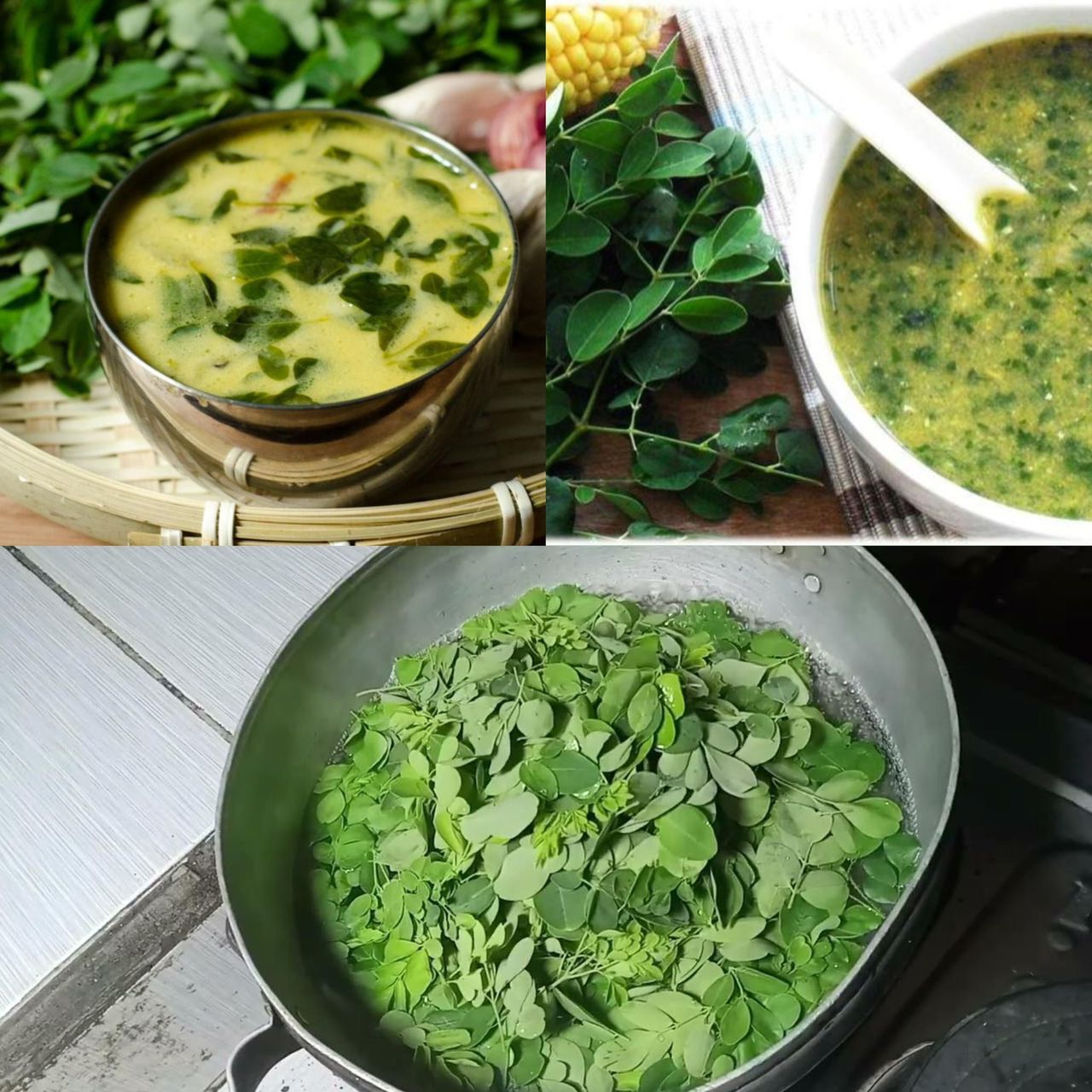Boiling eggs sounds simple, doesn’t it? Yet, we’ve all had those frustrating moments when the shells cling stubbornly, leaving pitted and unattractive eggs. But fear no more! With this foolproof technique, you’ll master the art of perfectly boiled eggs, with shells that slide off effortlessly and eggs that are smooth and flawless.
In this blog post, we’ll explore the best method to boil eggs for easy peeling, the science behind it, and how to ensure every egg turns out picture-perfect. Let’s crack into it!
The Secret to Easy-Peel Eggs: It’s All About the Process
Achieving eggs that peel effortlessly isn’t magic; it’s science. The key lies in managing the egg whites’ protein structure and the thin membrane between the shell and the egg. Here’s a breakdown of what makes this method work so well:
- Start with Older Eggs
Fresh eggs are wonderful for frying or poaching but are notoriously tricky to peel when boiled. Why? Fresh eggs have a lower pH level, which causes the inner membrane to cling tightly to the shell. Eggs that are 7–10 days old are ideal for boiling because their pH has naturally increased, loosening the bond. - Cold Start, Rapid Finish
Starting with cold water allows the eggs to heat gradually, reducing the chance of cracks. Finishing with an ice bath shocks the eggs, stopping the cooking process and causing the egg whites to contract slightly, pulling away from the shell. - Steam Power
Steaming the eggs instead of fully submerging them in water makes them even easier to peel. Steaming minimizes water exposure, reducing the chance of overcooking while promoting consistent results.
The Perfect Egg-Boiling Method
What You’ll Need:
- 6–12 eggs (older eggs work best)
- Medium or large saucepan with a lid
- Steamer basket or a small metal colander (optional)
- Ice cubes
- A bowl of cold water
Step-by-Step Instructions:
1. Prepare Your Pan
Place your steamer basket or colander in the saucepan. If you don’t have one, no worries! You can place the eggs directly in the saucepan, but steaming works wonders.
2. Add Water
Fill the saucepan with just enough water to reach below the steamer basket. For those boiling directly, add enough water to cover the eggs by about 1 inch.
3. Place the Eggs
Gently place your eggs into the steamer basket or water. Avoid overcrowding to ensure even cooking.
4. Heat It Up
Turn the heat to medium-high and bring the water to a rolling boil. Cover the pan with a lid to trap the steam.
5. Set the Timer
- For soft-boiled eggs: Cook for 6–7 minutes.
- For medium-boiled eggs: Cook for 8–9 minutes.
- For hard-boiled eggs: Cook for 11–12 minutes.
6. Ice Bath Time
While the eggs cook, prepare a bowl of ice water. Once the timer goes off, immediately transfer the eggs into the ice bath using tongs or a slotted spoon.
7. Chill Completely
Let the eggs sit in the ice bath for at least 10 minutes. This stops the cooking process and helps the shells contract, making them easier to peel.
8. Peel to Perfection
Gently tap the egg on a hard surface to crack the shell, then roll it to loosen. Start peeling from the broader end, where the air pocket is usually located.
Troubleshooting: Why Shells Sometimes Stick
Even with the best method, occasionally you may encounter stubborn shells. Here’s why and how to fix it:
- Eggs Are Too Fresh: Use slightly older eggs for boiling to avoid clingy membranes.
- No Ice Bath: Skipping the ice bath can lead to overcooked eggs with rubbery whites and hard-to-peel shells.
- Peeling Too Early: Allow the eggs to cool completely before peeling for the best results.
Why This Method Works Every Time
This approach uses a combination of steaming, shocking, and gentle peeling. Steaming cooks the eggs evenly while preserving the protein structure, preventing overcooking. The ice bath contracts the egg whites, separating them from the shell. It’s a technique trusted by chefs and home cooks alike!
Flavor Boosts for Boiled Eggs
If you’re looking to jazz up your boiled eggs, here are some seasoning ideas:
- Classic Salt and Pepper: A sprinkle of flaky sea salt and freshly ground black pepper is always a winner.
- Spicy Twist: Add a pinch of smoked paprika or cayenne pepper.
- Herbaceous Delight: Top with fresh dill, chives, or parsley.
- Asian Inspiration: Drizzle with soy sauce and sesame oil.
- Zesty Lemon: Grate a little lemon zest and finish with a drizzle of olive oil.
Creative Ways to Use Perfectly Boiled Eggs
Once you’ve mastered this technique, here are some delicious ways to incorporate boiled eggs into your meals:
- Classic Egg Salad: Chop and mix with mayonnaise, mustard, and herbs for a quick sandwich filling.
- Avocado Toast: Slice the eggs and layer them over creamy avocado on whole-grain bread.
- Ramen Topping: Add a soft-boiled egg to your favorite bowl of ramen for extra richness.
- Salad Booster: Halve hard-boiled eggs and add them to green salads or potato salads for protein.
- Quick Snack: Sprinkle with your favorite seasoning and enjoy as is!
Frequently Asked Questions
Q: Can I use this method for duck eggs or quail eggs?
Yes! Adjust the cooking times based on the size of the eggs. Quail eggs take only 4–5 minutes for hard-boiled perfection.
Q: How long can boiled eggs be stored?
Boiled eggs can be stored in the fridge for up to 7 days. Keep them in their shells for maximum freshness.
Q: Do I really need an ice bath?
Yes! The ice bath ensures easy peeling and prevents overcooking. It’s a step you don’t want to skip.
Final Thoughts
Boiling eggs shouldn’t be a battle between you and the shell. By following this simple method, you’ll enjoy smooth, non-sticky eggs every single time. Whether you’re meal-prepping, making deviled eggs, or whipping up a quick snack, this technique is a game-changer.
Try it today and say goodbye to stubborn shells forever. Share your egg-boiling success stories in the comments below!



